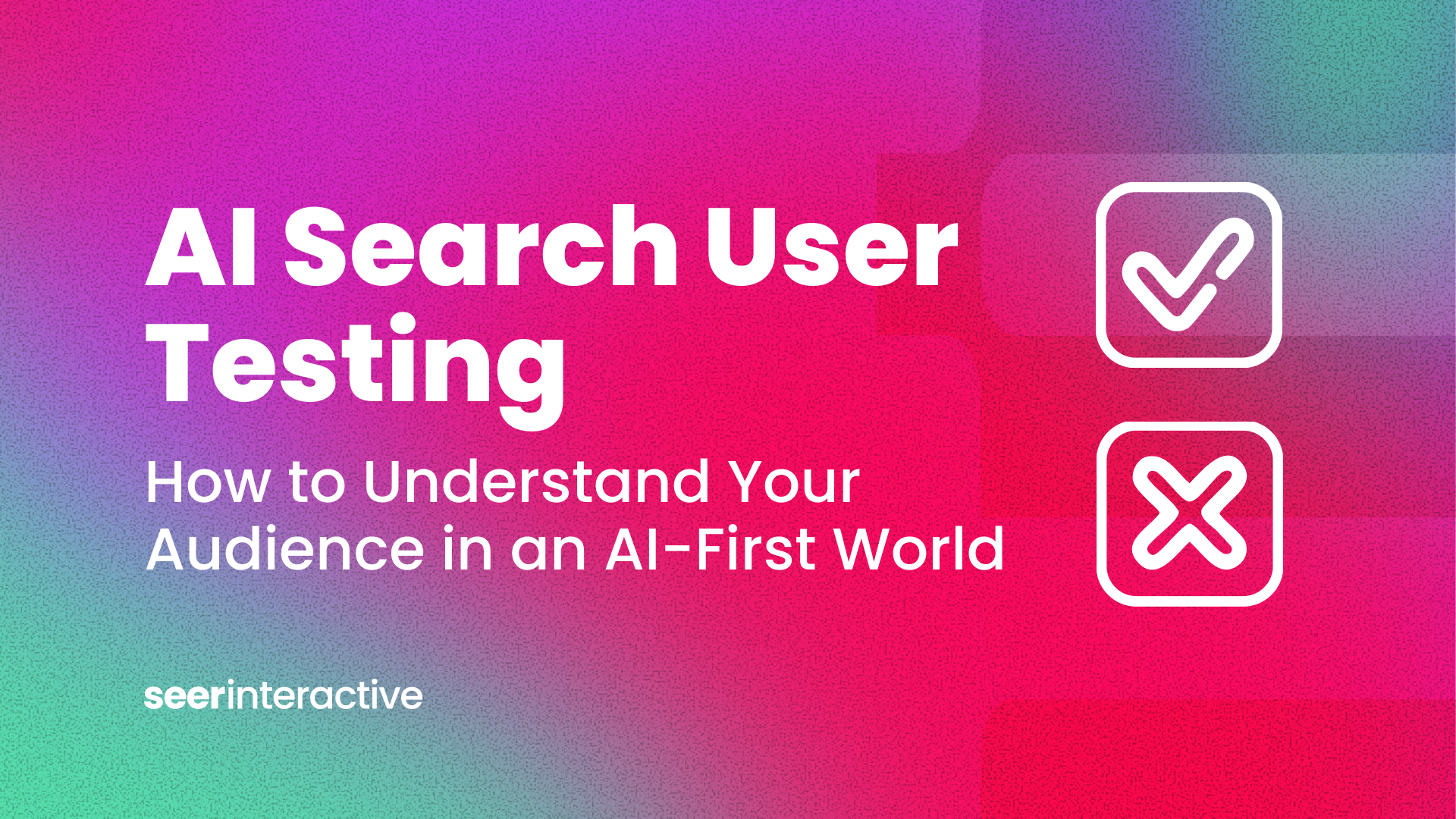Purpose of a UX Audit
When was the last time you audited the buttons and links on your site for visual consistency and color usage? Or reviewed your various header styles? Streamlining small elements like these have a big impact on user experience.
Read on to learn why UX is difficult to automate, and why you should invest resources in continuous UX updates to your site.
Reviewing your site in detail helps identify points of friction in your user experience. While your site may look beautiful and streamlined upon first glance, if you aren’t regularly reviewing UX elements on your site from a holistic user journey perspective, portions of your site may grow outdated as UX standards evolve.
By regularly auditing and updating your website, you can recapture users who may have fallen out of your funnel as well as draw in new visitors with user-friendly experiences that leverage newer web styles, accessibility requirements, etc.
Automating UX: What Slips Through The Cracks
While we have a team of UX designers here at Seer, we’ve still invested time into searching for opportunities and tools to automate UX findings (spoiler - nothing can replace our designers :) ) We researched tools like Lighthouse, which automatically scan pages of your site and provide recommendations on improving accessibility, image size and ratios to improve load speed, and color contrast issues. But we’ve realized that these types of tools only tell a small part of the overall user experience story.
If we relied solely on autonomous UX solutions, it would be easy to overlook areas of opportunity - solutions that positively impact site KPIs.
An automation won’t tell you that the information architecture of your navigation isn’t intuitive, or that your main navigation should be consolidated from fifteen links to five. It won’t tell you how and where to apply your brand’s colors to maximize user engagement, knowing that 93% of customers make purchase decisions based on color and visual appearance.
Automations can be a great starting point for looking at your website objectively to identify areas for improvement. But from there, it’s time to bring in User Experience experts who can meld the data you’re seeing around abandoned carts, or page bounce rate, or feedback from audience interviews, into tangible design solutions.

Designing Your UX Audit Framework
Incorporating site performance, audience insights, and any additional data into your UX audit is key to ruling out personal bias and jumping to conclusions that may not necessarily improve your site.
At Seer, our UX practitioners intertwine SEO research, Google Analytics data, Audience interviews and polls, and conversion best practices into our site recommendations. We review site pages in detail to maximize ROI on any site updates and ensure they tie back to your business goals. Relying solely on autonomous findings prevents us from tying together big picture themes and opportunities.
When conducting a UX audit, pull all available qualitative and quantitative data to back up what you’re seeing on your site. As you review your site pages, keep the following framework in mind:
- Clarity: Is all important decision-making criteria for a user clearly outlined?
- Friction: What obstacles does your site have? Are there any design or usability issues?
- Anxieties: Does your content strike a balance of comprehensiveness + easily digestible? Does it address a user’s potential uncertainties around your product/service?
- Digestible Content: Is content easy-to-scan and searchable?
- Clear Navigation: Are first and next steps obvious?
- Delightful Elements: Are there interactive or engaging design elements that encourage user motivation and build brand trust?
- Relevant Visuals: Does imagery/photography have a purpose? Does it directly support the page content?
From there, distill your findings down into key areas and elements of your site to update that will have the largest impact.
Prioritize these updates by level of effort to implement and potential impact, and plan your design and development roadmap accordingly.
Automated page checkers and audit programs can serve as a great springboard, but can’t replace the expert eye of a user experience designer. Successful UX is the crossroads between data-driven and human-centered design.
Next Steps
Interested in conducting a UX audit on your site? Contact our Creative Team - we’re here to help!
Looking for design best practices? Check out our Creative & UX Checklist Series.




